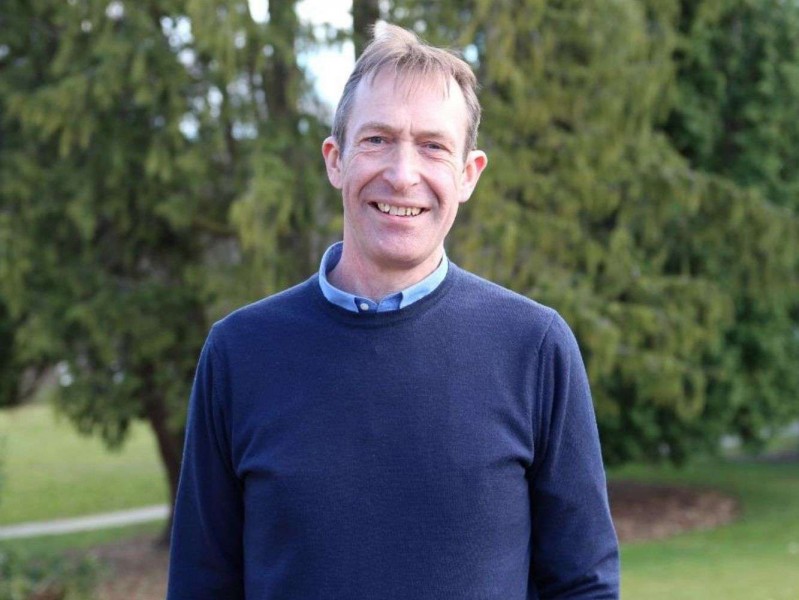Opinion: Design for an affordable future
Thursday 12 May 2022

Exactly how architecture can contribute to the cost of living is perhaps not immediately evident, but if one considers the expenses involved in running our homes, the connection becomes clearer. Nevertheless, it is not an obvious correlation given that the current crisis is immediate, impacting the everyday, whilst architecture is typically a long-term endeavour, distant from the consciousness of many. Yet, it is no less important for this as what we build now will determine many choices and decisions in the future.
Design is all too frequently portrayed as a luxury, as something that is inherently costly and hence sacrificial should resources become constrained. Yet, contrary to the Hollywood stereotype of the architect working for those where means are no object, design at its best is often that which responds to the presence of constraints and limitations. When it comes to the home it is important to think about the long-term costs associated with the running as well as maintenance of our buildings. A broader view is required, with actions taken at a strategic level.
As an initial illustration, consider the key element of the current crisis – energy. The design and performance of our buildings and infrastructure, and our towns and cities, is the very stuff of architecture and, in a variety of ways, it directly impacts on your pocket.
It seems rather obvious to state that the cheapest way to reduce energy costs is to use less. Yet in truth the public discourse on future sources of energy typically drowns out that on consumption and behaviours. We now find ourselves in a place where consumption is required simply because the strategic investment necessary to upgrade existing building stock has not been planned with foresight.
Sadly, the implications of this at the level of the household or family are now being all too keenly felt, but at a time when all that many can do is struggle on. The reality is that in the UK, our general housing stock, much of it built before energy was a major consideration, is amongst the least energy efficient in Europe. Yet, architecture and the construction industry more widely has the vision and foresight, and has solutions that can make a positive impact.
For over 25 years, research at the Scott Sutherland School of Architecture & Built Environment has pursued the challenges of low energy and low carbon design, long before it became a mainstream concern. Solutions exist; the industry has technologies and design approaches that enable housing to be retrofitted so that it operates on minimal heating even in our northerly location. There are a number of ways that we can make our towns and cities more energy efficient with innovative and sustainable design as demonstrated in many of the student projects in The Scott Sutherland End of Year Show, ‘Ideas for Living’.
On a different point, and at a larger scale, the design of our cities has a direct impact on monthly pay packets. The hollowing out of city centres in favour of peripheral suburban developments, a phenomenon in towns and cities across the country, has placed a strain on infrastructure investment, denied city centres the vitality that is the hallmark of the most successful urban centres and, at an individual level, encouraged or necessitated private car use. Again, the best examples of urban design show that we have the ideas to address this. Cities are continuously evolving structures, and around the world we see rapid transit systems threaded through historic fabric, new public green space, the re-prioritising of people over cars, and even the advent of urban food cultivation. These are things that enhance quality of life, but also impact on the cost of living. We reap what we sow.
Of course, issues of energy and city design are complex, and hindsight is a wonderful thing. I would not contend for one second that architecture holds all the answers or lacks failed visions. The latter is an inherent part of progress, but we also live at a time when, generally, our choices are made increasingly democratically. This leads me to my final thought on the contribution of architecture; that of agency.
At the heart of the the notion of agency is the idea that design is a vehicle through which change may be affected, not necessarily in terms of the physical entity of a building or buildings, but through the collaborative process of design that by engaging the power of the collective can challenge convention, shift perspectives, and stimulate new potentials. If we are to achieve a more sustainable future, shifting perspectives is what needs to happen; societally, governmentally, and individually.
Architecture is about making places. Places that enhance community and quality of life for everyone. It is as much about the detail of everyday life as it is about future speculation, and the humble as much as the extraordinary. Above all, it is about foresight, holistic strategic thinking, and the long game. Through this, it offers ways of thinking that engage the future and develop ideas that, at their best, positively influence our everyday lives and mitigate against hardship.
